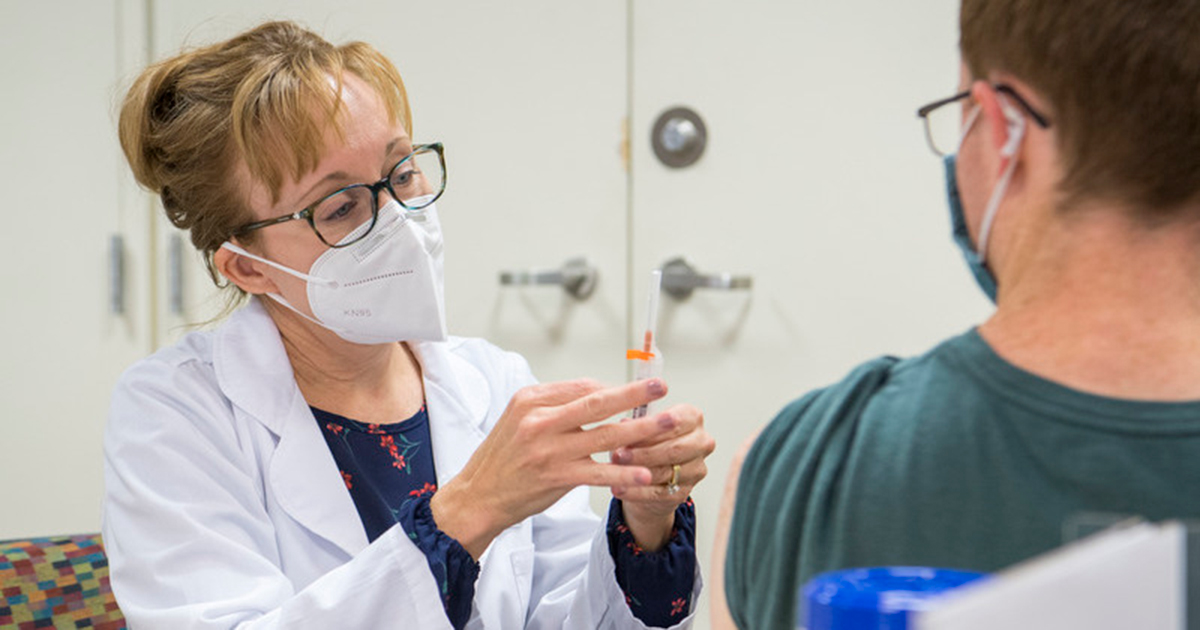
Category: Epidemiology

Threats to public health workers
November 27, 2023 Written by Amy Cherry | Photo by Kathy F. Atkinson
Personal threats against public health staff during COVID leaves lasting effect on workforce
While doctors and nurses were hailed as the frontline heroes of the COVID-19 pandemic, their counterparts in public health were experiencing threats. During the pandemic, threats against public health workers reached an all-time high. After the vaccine was released, those threats increased and changed in nature, according to a longitudinal study conducted during the first year of the pandemic by Jennifer Horney, founder of the University of Delaware Epidemiology Program in the College of Health Sciences.
The results, recently published in an open-access commentary in Public Health in Practice, show a strong need for expanded legal protections for all frontline workers but also illustrate a need for a more resilient and public health workforce.
While public health workers have always received threats, including during the SARS and Zika outbreaks, the COVID-19 pandemic threats were different.
“These threats were more personal in nature,” Horney said. “Due to the proliferation of social media and the politicization of the pandemic, for the first time, public health leaders were finding protesters on their doorsteps or were being doxed.”
The initial online survey found that 25% of respondents said someone in their public health agency had received personal threats. That percentage practically doubled to 41% in a follow-up survey. Of those, respondents said nearly all the personal threats were lodged by members of the public. Almost 40% reported receiving political threats.
The threats reported by public health workers who responded to the survey ranged from death threats to blame for COVID-19 deaths due to incompetence. One respondent reported a member of the public slapped her hand while administering a vaccine, while another said an unmasked person coughed on her before calling her an expletive.
“The threats were much more intense across the board,” Horney said. “But the personal attacks of this nature were something we hadn’t seen before.”
